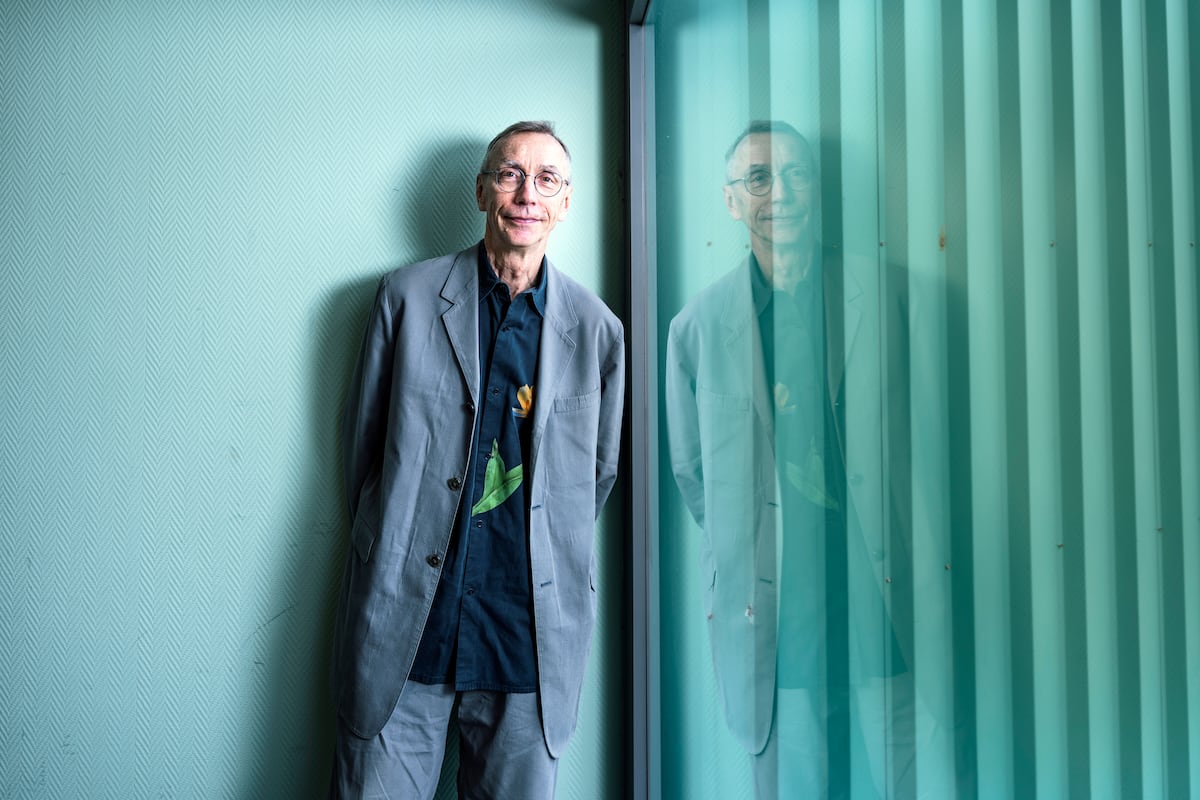
"Geneticist Svante Paabo demonstrated that DNA can be extracted from human fossils that are thousands of years old. His team was the first to sequence the complete genome of Neanderthals, our closest human relatives, and discovered that Homo Sapiens had sex and children with them. He also revealed the existence of a third, previously unknown human lineage, the Denisovans, thanks to genetic material extracted from a tiny bone of a girl who lived in a Siberian cave some 50,000 years ago."
"Some physical features of modern Europeans and Asian people, as well as part of our genome, are inherited from those hominids, who disappeared some 40,000 years ago. The difference between a modern human and a Neanderthal is tiny at the genetic level, but Paabo is convinced that these few changes hold the key to Sapiens' exceptionality and, perhaps, the explanation for why we are the last human species left on the planet."
Svante Paabo developed methods to extract DNA from ancient human fossils and founded paleogenetics. His team sequenced the complete Neanderthal genome and demonstrated that Homo sapiens interbred and produced offspring with Neanderthals. Genetic material from a small Siberian bone revealed a previously unknown human lineage, the Denisovans. Modern Europeans and Asians retain some physical traits and genomic segments inherited from these hominids. Neanderthals disappeared about 40,000 years ago, and genetic differences between them and modern humans are small but potentially crucial to human uniqueness. Paabo won the 2022 Nobel Prize in Medicine and leads research at the Max Planck Institute in Leipzig.
Read at english.elpais.com
Unable to calculate read time
Collection
[
|
...
]